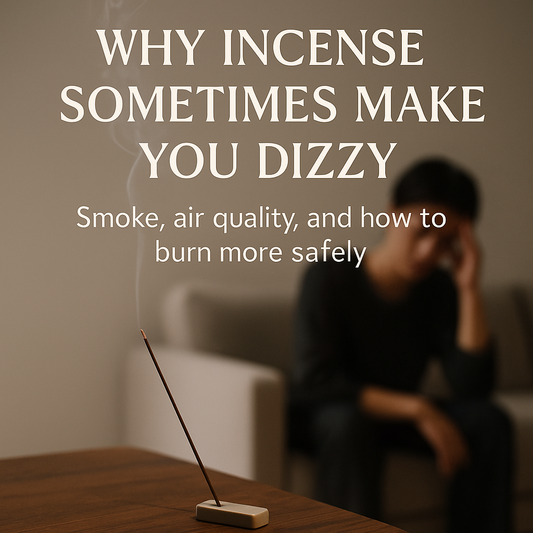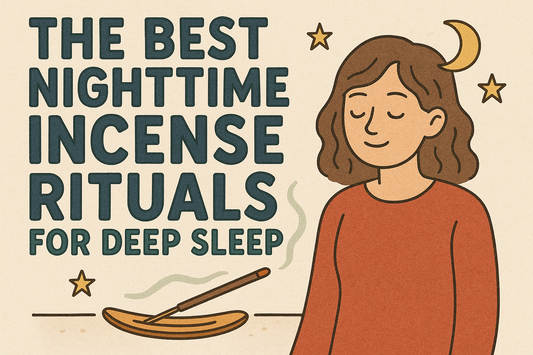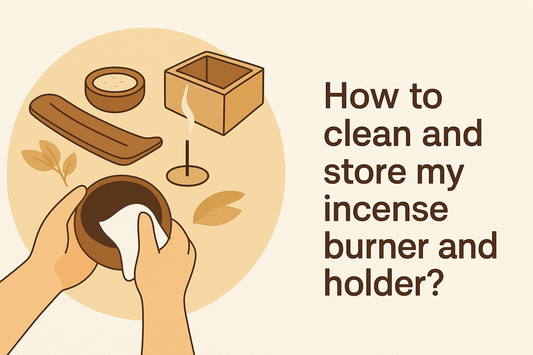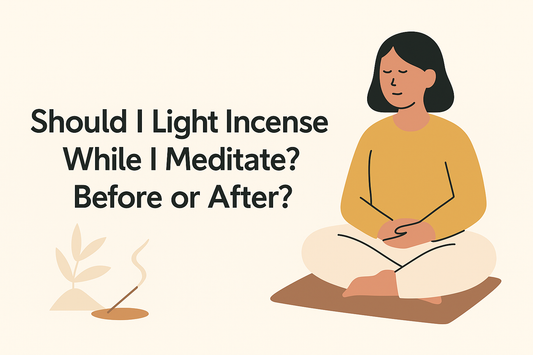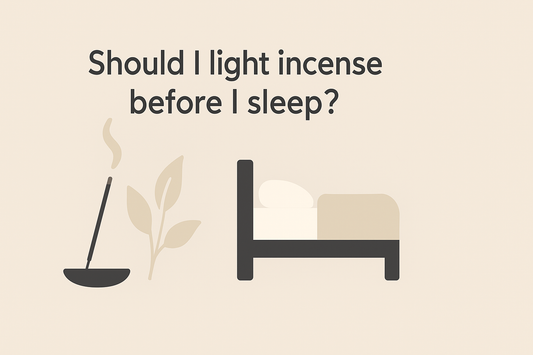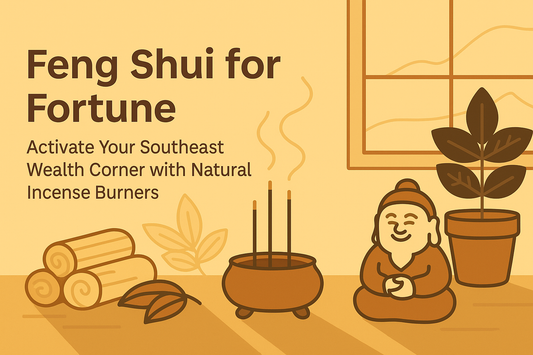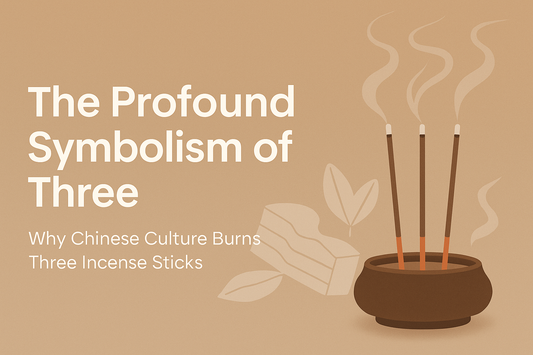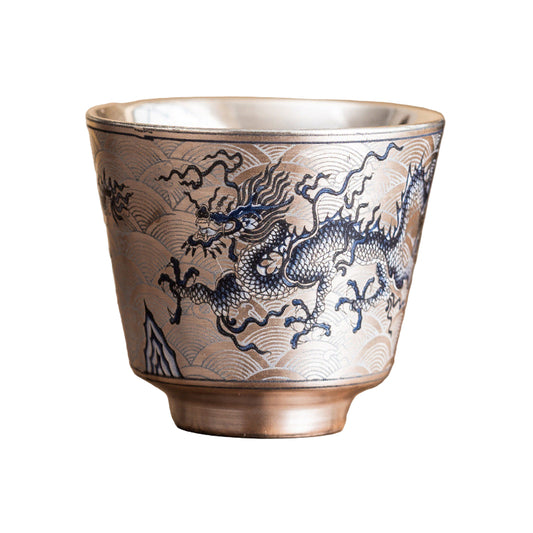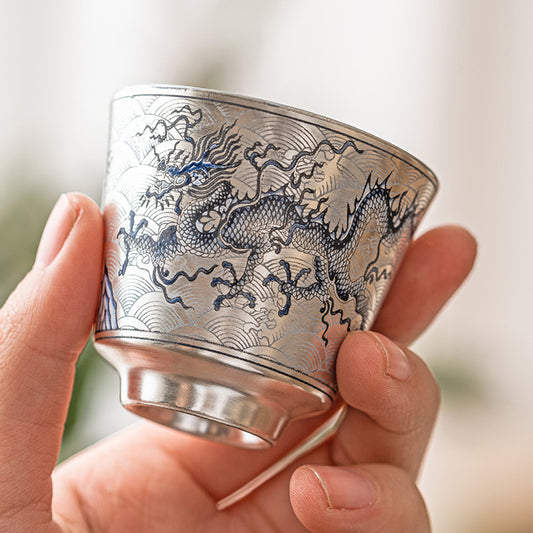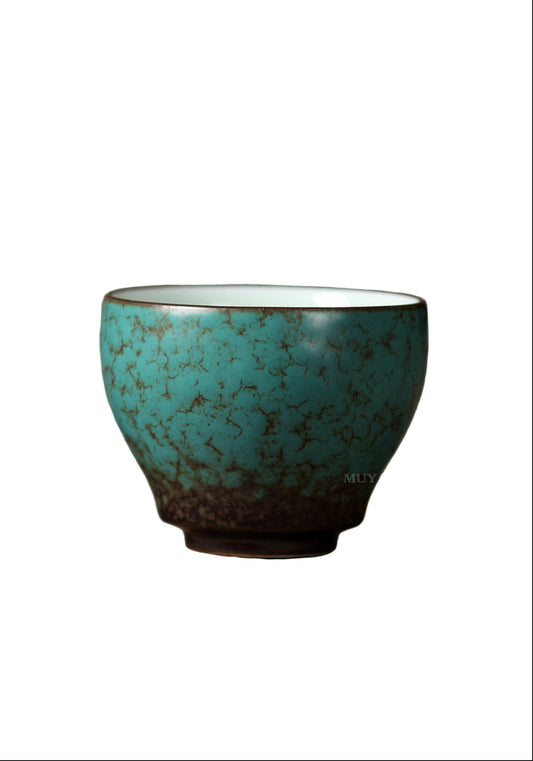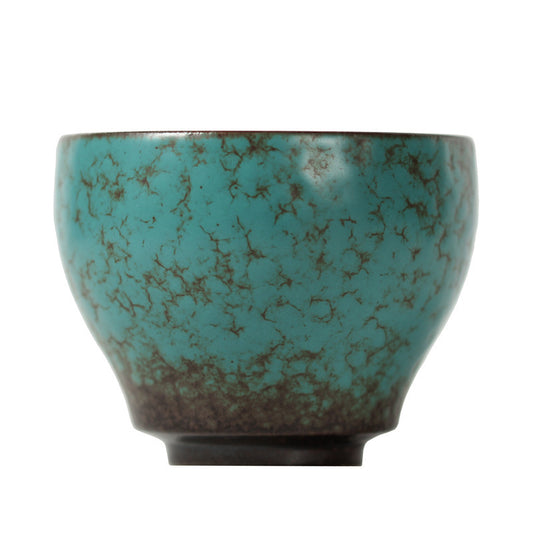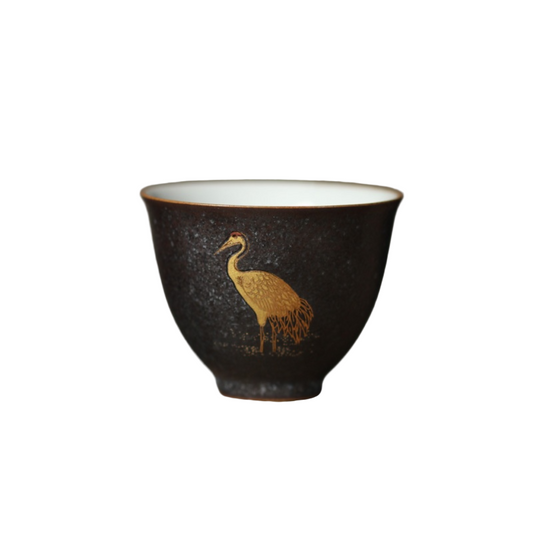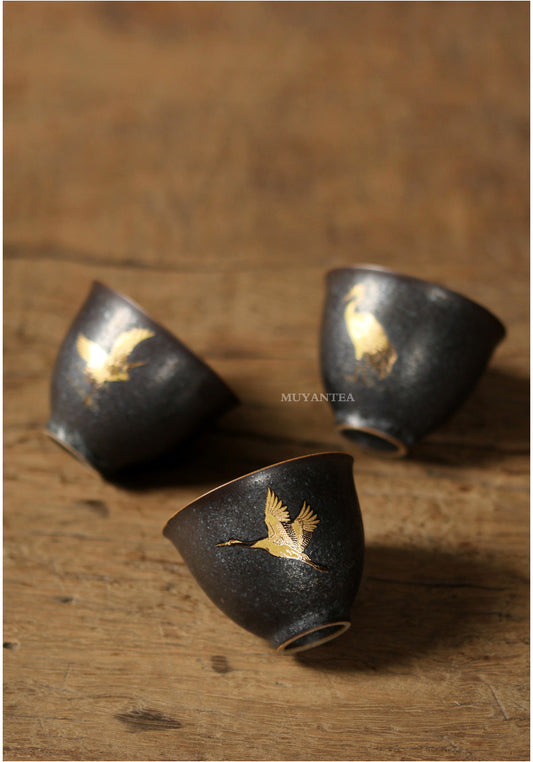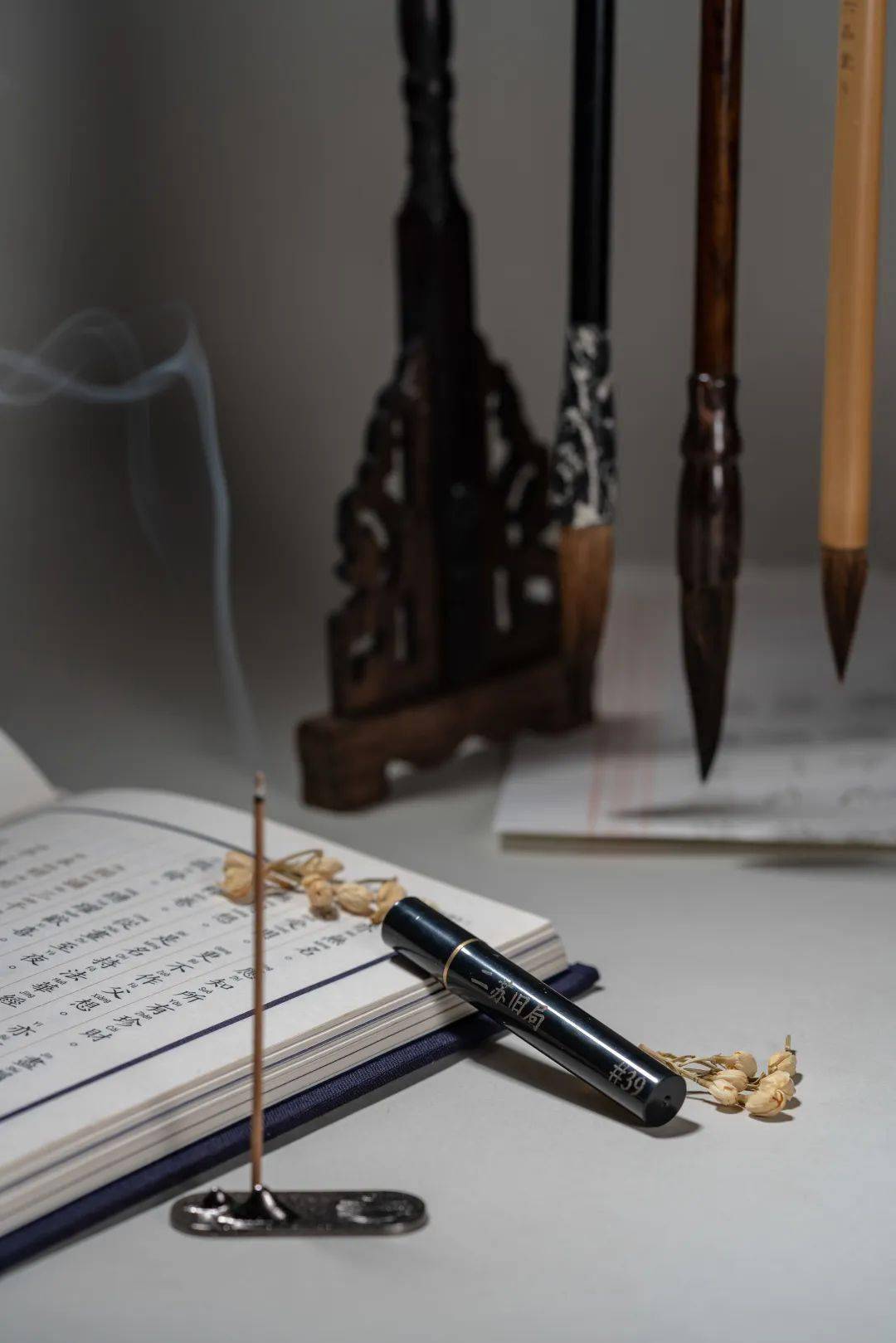
The Scent of Silence: Using Incense to Support Digital Detox
The Rhythm of Scent: How Incense Measured Time
The Rhythm of Scent: How Incense Measured Time
Ever feel like time's slipping through your fingers? That constant phone buzzing and deadline pressure – it's exhausting. What if there's an old trick from Buddhist temples that can slow things down? No fancy gadgets are needed. Just a simple incense stick and a lighter.
Time Measured by Burning Scents
Before machines told time with hands or numbers, people used a quieter method. Ancient Chinese monks measured hours by burning incense. Picture this: quiet temple halls centuries ago. Monks deep in meditation needed to track time without clocks messing with their focus. Their solution? Burning incense sticks. One stick burning down meant about an hour passed. Think about that. Time wasn’t numbers on a clock face. It was fragrant smoke curling through still air. You could see it. Smell it. No ticking, no alarms. Just peaceful awareness.
Why did this work so well? Three big reasons:
Silent & Portable: Unlike sundials needing sunlight or mechanical clocks needing winding, incense worked anywhere. Rain or shine, day or night.
Sensory Focus: Watching the ember glow and ash form kept you anchored. No drifting thoughts.
Gentle Reminder: The changing scent – from bright first notes to deep woody base – subtly marked progress. No jarring interruptions.
How Accurate Was Incense Time? (Incense Burn Time Accuracy)
Okay, let's be real. It wasn't atomic clock perfect. Monks knew this. Those temple incense stick burn time? They were made to strict standards. Burned indoors without drafts, one stick reliably lasted half a shichen. A shichen was two modern hours, so half? Yep, about 60 minutes. Sure, wind or humidity could tweak incense burn time slightly. But for meditation? That gentle rhythm beat clock-watching stress any day. Classic sticks still follow this tradition–precise blending for steady 60-minute burns. Perfect for timing your tea ritual or journaling session.
The Silent Rhythm of Smoke: Understanding Incense Burn Time
This natural clock had clear advantages. It required no batteries or sunlight. Rain or darkness didn't stop it. People could carry it anywhere. More importantly, the slow burn created calm. As the fragrant stick transformed into ash, it taught patience. The changing scent became a gentle guide back to awareness when minds wandered. Where modern clocks demand attention with noise, incense invites it with beauty. The method gave structure through stillness, not stress.
Accuracy of the Fragrant Hour: Incense Stick Burn Time
Could plant material measure time? Temple incense followed strict rules. Craftsmen made sticks to exact sizes, like modern ISO standards. When burned indoors without wind, one stick lasted half a shichen. Since one shichen equaled two modern hours, half meant about sixty minutes. Humidity sometimes shortens burning. Drafts made flames dance faster. But in still temple rooms, results proved reliable daily. For practitioners, the physical experience mattered most – watching time pass as smoke curled upward felt more true than metal gears turning.
Nature's Twelve-Hour Cycle and Incense Time
Ancient Chinese life moved with the Twelve Earthly Branches (Di Zhi). This system split day and night into twelve parts. Each part lasted two hours. People planned activities by these natural rhythms:
Zi hour (23:00-01:00): Deepest night stillness. Time for rest and quiet.
Mao hour (05:00-07:00): Sunrise meditation. Welcoming light with a clear mind.
Wu hour (11:00-13:00): Peak daylight focus. Using strong sun energy.
You hour (17:00-19:00): Evening reflection. Reviewing the day as shadows grew long.
Lighting incense at Mao hour wasn't setting an alarm clock. It was joining the earth's rhythm. Incense time became like flowing water – observed peacefully, not controlled.
Bringing Ancient Practice Home Today: The Incense Timer
Why revive this today? Our present moment hums with insistent urgency. Modern timing devices often function like tiny overlords. The sudden, harsh cry of a phone alarm slices through stillness, jolting the nervous system into a state of startled alertness. The monotonous, persistent tick-tick-tick of a clock on a desk can become an unwelcome metronome, fracturing delicate thoughts with its relentless rhythm. In this landscape of constant measurement and imposed schedules, incense timer presents a profoundly different approach, a quiet reclaiming of time's passage. It offers an alternative path, not dictated by the frantic pulse of the digital, but by the ancient, deliberate flow of the elements.
Ritual of Beginnings: Burning Scents for Mindfulness
Light a stick of incense to anchor intentional moments—whether for deep reading, savoring tea, or meditation. Watch the smoke’s dance mark time’s passage, not by clock digits, but by its graceful flow.
Gentle, Uninterrupted Focus with Incense for Meditation
Unlike jarring alerts that demand attention, incense invites patient awareness. Its steady presence deepens concentration without disruption, creating space for undisturbed reflection.
Time Reimagined: Incense Time for Presence
Incense transforms minutes from rigid numbers into felt experience. A burning stick’s duration becomes a container for presence—measured not by deadlines, but by sensory immersion.
The Gift of Embodied Time: Which Incense is Best for Spiritual Cleansing?
Each ember’s quiet journey replaces urgency with serenity. Time expands, allowing you to fully inhabit the moment, guided by scent and stillness rather than external pressure.
Experience Traditional Timekeeping – MonianLife preserves this heritage with incense crafted for mindful timing. This isn’t about nostalgia. It’s reclaiming attention in a distracted world. MonianLife gets this – their whole Sit with Scent philosophy turns timing into soul care. Peek their culture blog for more mind-hacks. Light. Breathe. Be present. That ash? It’s not an ending. It’s proof you stayed grounded.
FAQs: Incense for Meditation and Burning Scents
How long did "one stick of incense" burn traditionally?
Historically, yes for standard temple sticks. People timed everything from prayers to cooking with it. Still works today for meditation or Pomodoro work sprints.
Do people still use incense for timing?
Yes. Meditation groups time silent sits with it. Tea ceremony masters use it between pours. Stick to natural, evenly pressed sticks. Synthetic or cone incense burns unpredictably.
What incense type works best?
Solid sticks with natural materials burn most evenly. Choose consistent thickness. Avoid cones or powders–they burn unpredictably.

